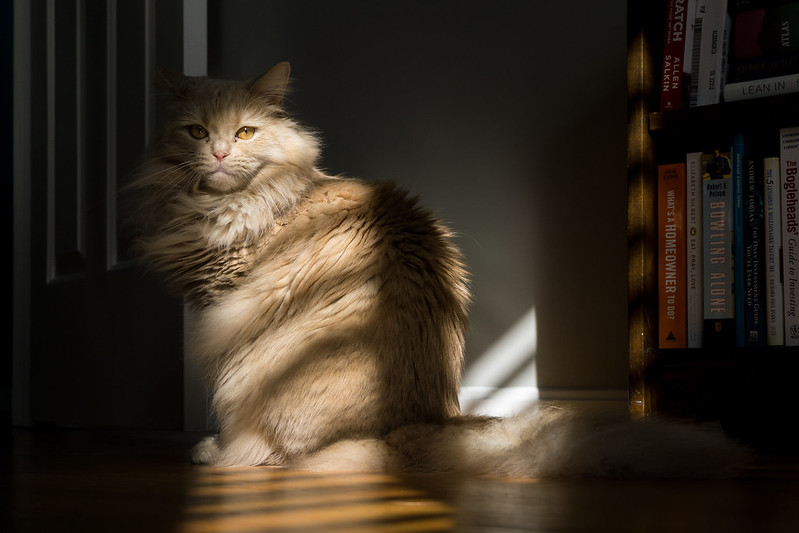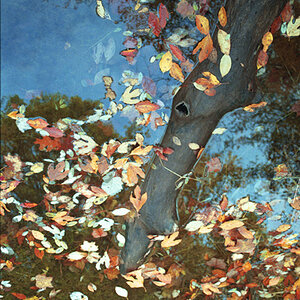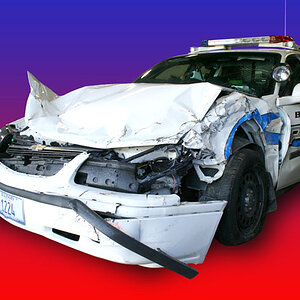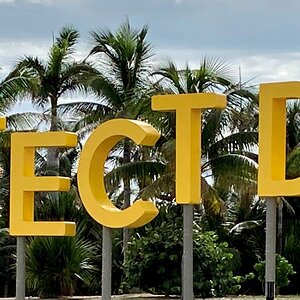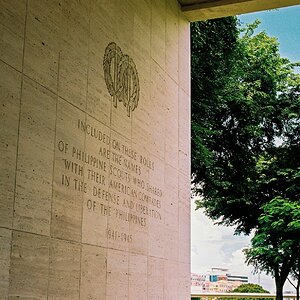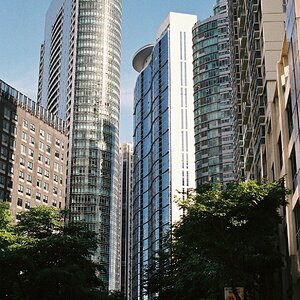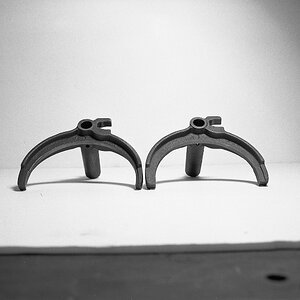killerseaguls
No longer a newbie, moving up!
- Joined
- Dec 1, 2015
- Messages
- 142
- Reaction score
- 33
- Location
- Maryland
- Can others edit my Photos
- Photos OK to edit
I have to agree that #2 is the better picture. I'm curious about HDR myself as it makes some pictures really great.
If a picture has the dynamic range you'd except to see with your eyes, then it's HDR. If you simply take a photo and apply some shadow recovery to bring out more detail where the sensor under-exposed -- due to limitations of a sensor vs. an eyeball/brain -- you've just done HDR.
If a picture looks like what the OP posted, it's not HDR but tone-mapping.
Unfortunately for me I'm so new that I just try and take good pictures because my editing skills suck as I have never went in depth with settings and how it works.
good; focus on taking better pictures. Or at least stop worrying about "editing" photo, but learn how to do simply post-processing.
So, most of these pictures that look like...paintings for lack of words is really tone mapping and not HDR?
Sent from my iPhone using Tapatalk


